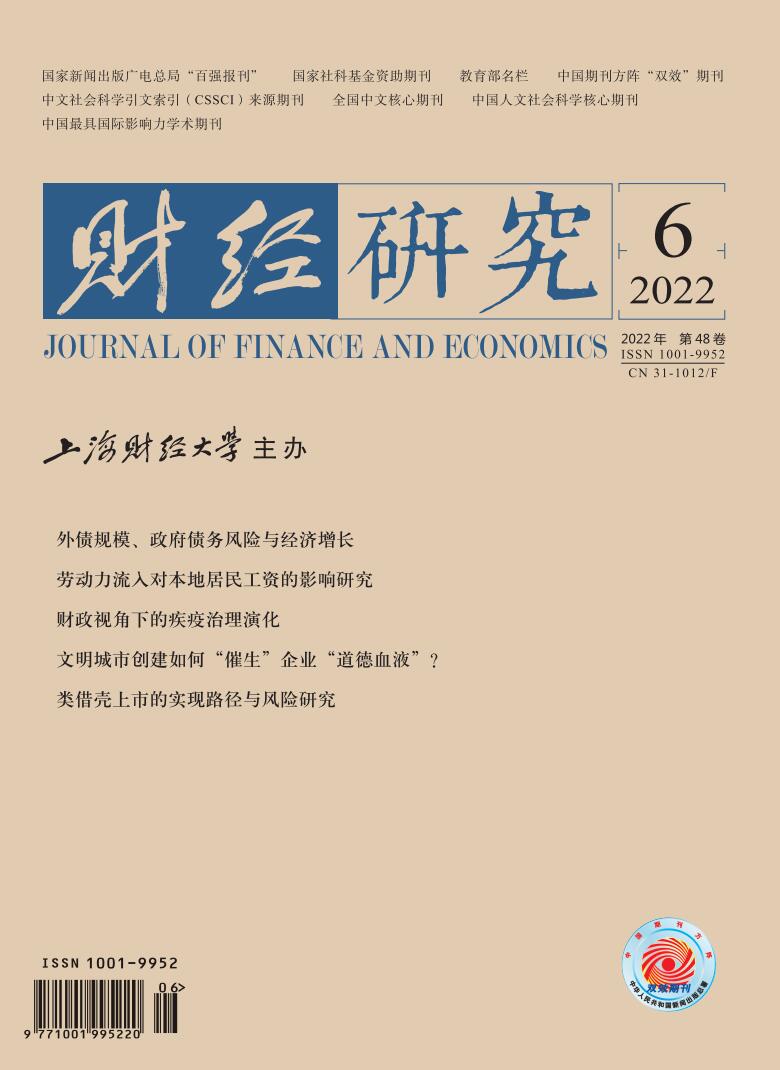In recent years, the government has vigorously promoted the construction of the rural financial system and increased financial support for three rural issues (agriculture, rural areas and farmers). However, the solution of the three rural issues still face serious financing difficulties, because the huge temporal and spatial separation of input and output leads to the superposition of multiple factors such as production and market risks. Fortunately, the rise of digital inclusive finance in recent years seems to bring a new dawn to the solution of this knotty problem. While, rural credit has always been regarded as a typical relationship financing, and the operation of the credit market depends heavily on community capital based on geography and kinship. Therefore, the following important theoretical and practical questions are raised: To what extent can digital inclusive finance solve the difficulties faced by traditional rural finance? Can it penetrate the corners that traditional rural finance cannot reach through the application of new technologies?
This paper attempts to explore whether the relationship between them is effective complementation or simple substitution from the functional perspective of solving the information asymmetry in the rural credit market. The results show that the development of digital inclusive finance has a “total effect” of significantly marginally increasing the total rural credit supply. It significantly improves the correlation between farmers’ current consumption and persistent income, and weakens the dependence of farmers’ investment on savings. What’s more, it also has a “structural effect” with a heterogeneous impact on different levels of farmers, and has a stronger relaxing effect on the financing constraints of vulnerable farmers. On the whole, compared with traditional rural finance, digital inclusive finance has more ability to solve the problem of information asymmetry in the rural financial market in some aspects, and the relationship between them is more effective complementation than simple substitution.
The contributions of this paper are mainly reflected in the following aspects: Firstly, it creatively constructs a theoretical model to explore the relationship between digital inclusive finance and traditional rural finance, by introducing a new index to measure the degree of information asymmetry, namely the distance of the success probability of subjective and objective projects. Using this model, this paper explains the impact of the development of digital inclusive finance on farmers’ financing constraints from a theoretical perspective. Secondly, according to the economic logic of consumption liquidity constraints and investment credit rationing, it empirically explores the relationship between digital inclusive finance and traditional rural finance by using two groups of nested models. Finally, it finds that the development of digital inclusive finance has brought new opportunities for the improvement of the rural financial system. Therefore, the construction of a new multi-level rural financial system organically coupled with traditional finance and digital inclusive finance is the basic path to solve the difficult financing of three rural issues.





 5558
5558  8165
8165

